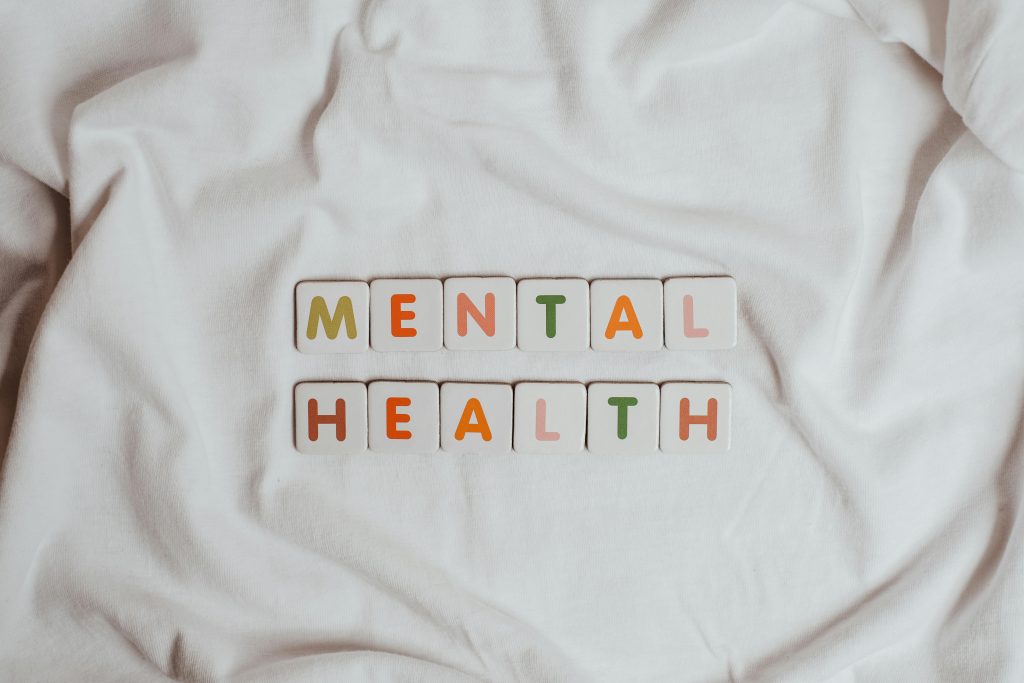In today’s hyperconnected world, the concept of healthy boundaries has taken on new dimensions. While boundaries have long been recognized as essential for mental health, the emergence of digital technologies and social media has introduced fresh challenges—and opportunities—in maintaining these boundaries. Establishing clear healthy boundaries is more important than ever for protecting mental health in a digital era marked by constant connectivity, digital overload, and the blurring of work-life lines.
This article explores the growing importance of healthy boundaries in the digital age, focusing on how setting and maintaining digital boundaries can significantly impact mental health. We’ll discuss practical strategies, recent research findings, and why this trend is gaining attention among mental health professionals and the general public alike.

Understanding Healthy Boundaries and Their Importance for Mental Health
Healthy boundaries refer to the limits and rules individuals set to protect their emotional and psychological well-being in relationships and environments. These boundaries help maintain a sense of autonomy, reduce stress, and prevent burnout by clearly defining what is acceptable behavior from others and oneself.
When boundaries are respected, individuals experience better self-esteem, reduced anxiety, and improved overall mental health. Conversely, blurred or weak boundaries can lead to emotional exhaustion, anxiety, and feelings of being overwhelmed.
The Shift to Digital Boundaries
The rise of smartphones, social media platforms, and remote working environments has drastically altered how people interact and manage personal space. Unlike traditional boundaries that were largely physical or interpersonal, digital boundaries revolve around how individuals regulate their online presence, digital communications, and time spent on digital devices.
The challenge today is that digital interactions are often continuous and intrusive, making it harder to disconnect and recharge mentally. This shift has brought the concept of digital boundaries into the spotlight as a crucial subset of healthy boundaries that directly influence mental health.
Why Digital Boundaries Matter for Mental Health
The pandemic accelerated the shift to remote work and increased reliance on digital communication tools. This transition blurred the lines between personal and professional life, contributing to digital burnout and stress.
Research highlights several reasons why digital boundaries are vital:
- Preventing Digital Burnout: A study published in Computers in Human Behavior (2023) shows that excessive screen time and the inability to unplug lead to symptoms of digital burnout, including fatigue, irritability, and decreased motivation. Establishing digital boundaries can help prevent this.
- Reducing Anxiety and Depression: According to the American Psychological Association (APA), constant exposure to social media and online interactions without boundaries can exacerbate anxiety and depressive symptoms. Digital boundaries help manage exposure and create space for offline activities that promote mental health.
- Improving Sleep and Cognitive Function: The National Sleep Foundation reports that screen time before bed negatively affects sleep quality. Healthy digital boundaries, like avoiding screens an hour before sleep, contribute to better rest and improved cognitive function.
Emerging Trends in Healthy Boundaries and Digital Well-Being
- The Rise of ‘Digital Detox’ and Tech-Free Zones Increasingly, individuals and organizations are advocating for intentional breaks from digital devices. The concept of “digital detox” involves periods of time where one deliberately disconnects from screens to reduce stress and improve mental clarity. Some companies have implemented tech-free zones or no-email policies outside work hours to encourage employees to respect digital boundaries and avoid burnout.
- Mental Health Apps Focused on Boundary Setting New mental health applications now include features that help users monitor and limit screen time, mute notifications, or schedule focused “do not disturb” periods. Apps like Forest and Freedom are designed to encourage digital boundaries, enhancing focus and reducing digital distractions.
- Workplace Policies Addressing Digital Overload Organizations recognize the impact of blurred work-life boundaries on employee mental health. Policies are evolving to include guidelines for after-hours communication and remote work practices that promote boundary setting, contributing to reduced stress and higher productivity.
How to Establish Healthy Boundaries to Support Mental Health
Setting and maintaining healthy boundaries—especially digital ones—requires deliberate effort. Here are practical steps to protect your mental health:
1. Define Your Digital Limits
- Set specific times for checking emails and social media.
- Use built-in phone features to limit app usage.
- Schedule tech-free breaks during your day.
2. Communicate Your Boundaries Clearly
- Let friends, family, and colleagues know your availability times.
- Use automatic email replies after work hours to set expectations.
- Advocate for your needs if digital demands interfere with your mental health.
3. Create Physical and Digital Separation
- Establish a dedicated workspace separate from relaxation areas.
- Turn off non-essential notifications to minimize distractions.
- Avoid bringing devices to the bedroom to improve sleep quality.
4. Practice Mindful Technology Use
- Engage consciously with digital content; avoid multitasking.
- Take note of how digital interactions affect your mood.
- Replace some digital time with offline activities like exercise, reading, or socializing in person.
The Link Between Healthy Boundaries and Long-Term Mental Health Outcomes
Mental health experts emphasize that setting healthy boundaries is not a one-time event but an ongoing process essential for resilience and well-being. According to Dr. Elizabeth Lombardo, a clinical psychologist and author of Better Than Perfect, individuals with clear boundaries report higher life satisfaction and lower stress levels.
Moreover, a 2024 report by the World Health Organization (WHO) underscores that clear boundaries, including digital boundaries, are protective factors against burnout and chronic stress-related disorders.
Conclusion
As the digital landscape continues to evolve, so too must our approach to boundaries. The growing recognition of digital boundaries as a vital aspect of overall healthy boundaries reflects a broader trend toward integrating technology use with mental health awareness.
By understanding and implementing healthy boundaries, particularly in the digital space, individuals can protect their mental health, improve their quality of life, and reduce the risk of burnout and anxiety. Prioritizing this balance is becoming essential as society navigates the challenges of constant connectivity.
References
- Computers in Human Behavior. (2023). “The Relationship Between Screen Time and Digital Burnout.” Retrieved from https://www.sciencedirect.com/science/article/pii/S0747563223001234
- American Psychological Association. (2024). “Social Media and Mental Health: Effects of Digital Exposure on Anxiety and Depression.” Retrieved from https://www.apa.org/news/press/releases/2024/02/social-media-mental-health
- National Sleep Foundation. (2022). “Impact of Screen Time on Sleep Quality.” Retrieved from https://www.sleepfoundation.org/sleep-hygiene/screen-time-and-sleep









